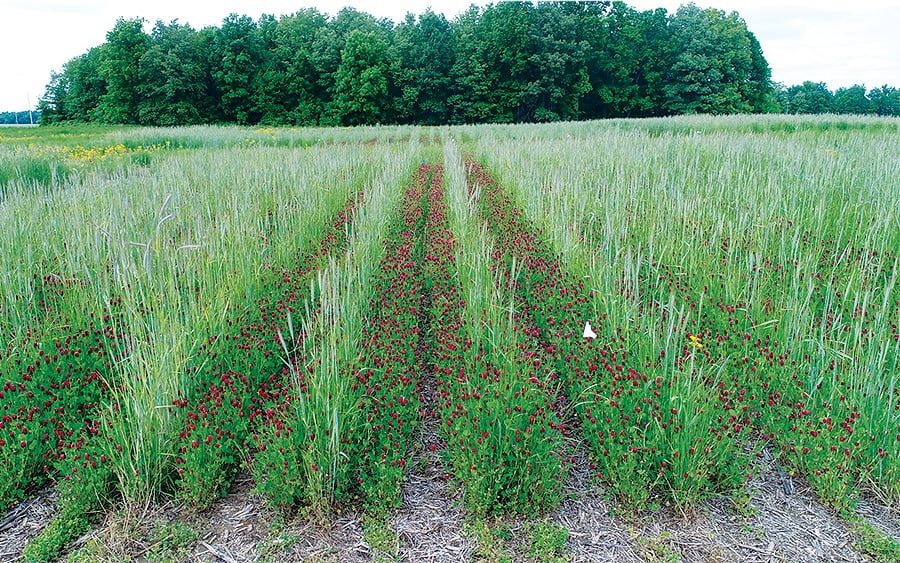No-Till Farmer
Get full access NOW to the most comprehensive, powerful and easy-to-use online resource for no-tillage practices. Just one good idea will pay for your subscription hundreds of times over.

Facing challenges is a daily occurrence for farmers, but each day, the challenge looks different. On Monday, the tractor won’t start. Tuesday, a part breaks on the planter. On Wednesday, it rains — again. Thursday’s challenge is a phone call from the agronomist; your soil samples show that nitrogen (N) is low. And on and on it goes.
Water, while usually so beneficial to growers and their crops, is a common challenge for southern Illinois growers, according to John Pike, a former University of Illinois Extension educator and research agronomist. Through his research, Pike has gained insight on how implementing cover crop systems in conjunction with strip-till and no-till can increase maximum return on water and nutrient resources.
“We’ve got poor drainage, poor water availability, we’ve got low infiltration in a lot of our heavily tilled soils — all of these things compacted with fragipan soils and the challenges that they present to us in rolling, highly erodible soils,” Pike says. “We get a lot of crusting. The water takes the topsoil, leaving the dry roots underneath.”
The soil in his region, and others like it across the country, can go from drought conditions to fully saturated in 15-20 minutes, Pike added. To deal with the conditions, growers have to increase the water filtration in the soil to help water move into the root system while maximizing the available moisture for growing a crop. Incorporating cover crops into a conservation tillage system can help prevent some of…